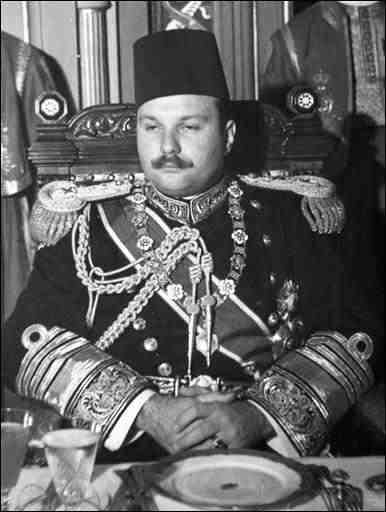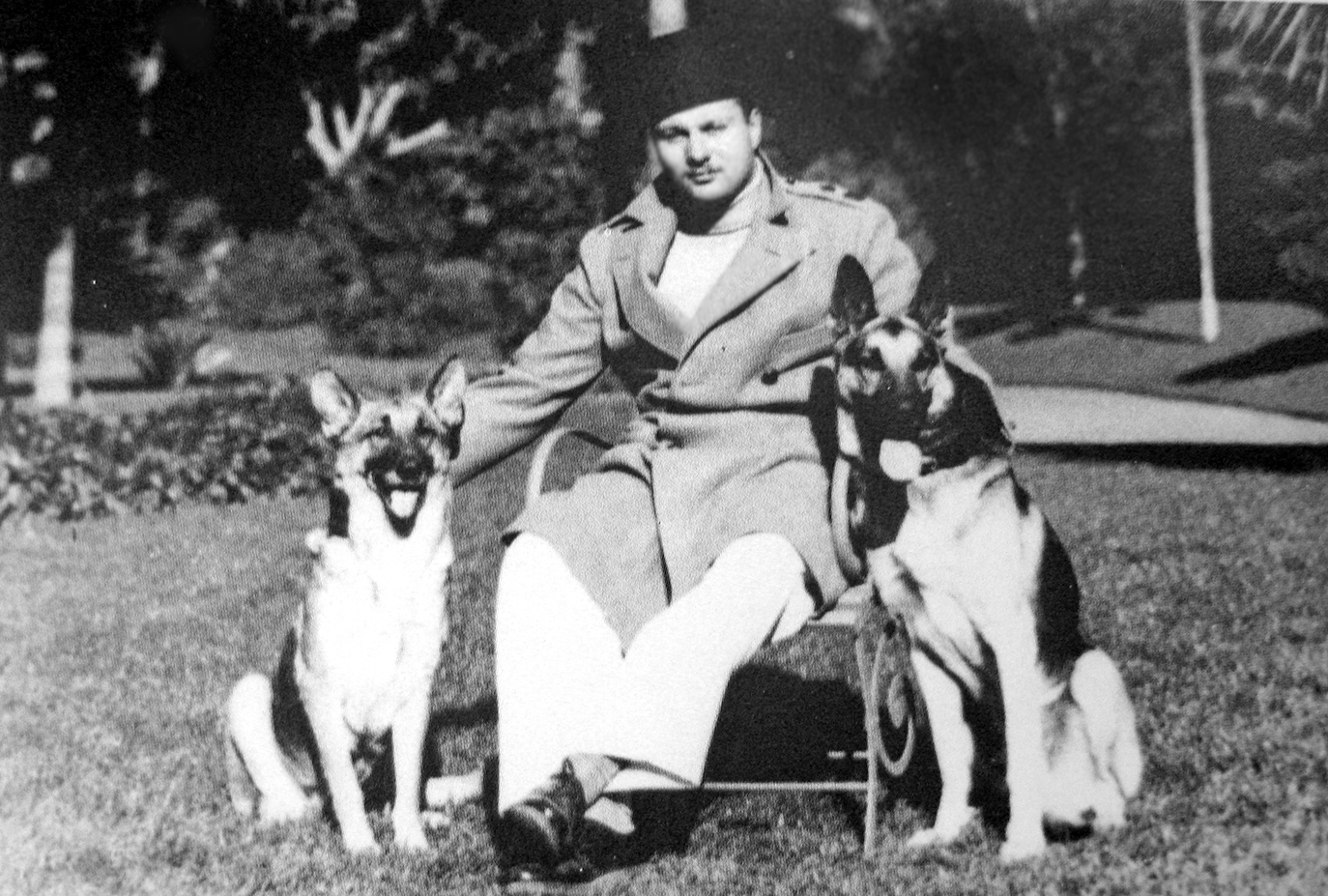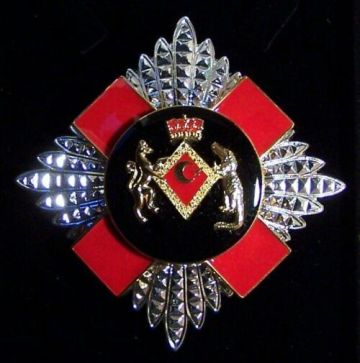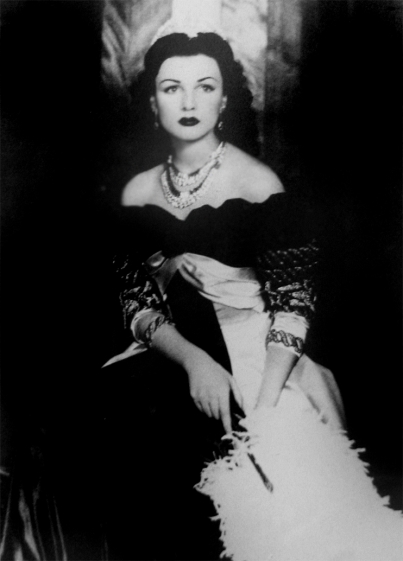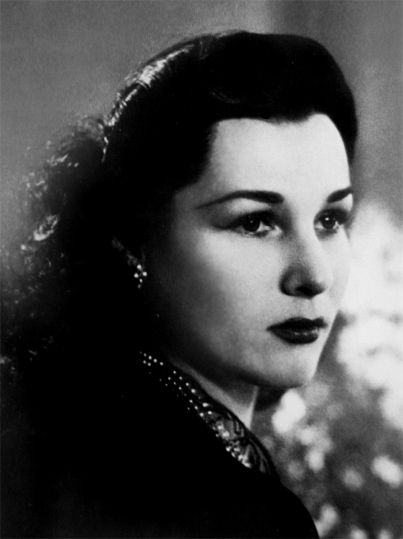Peter's connection with Luxor goes back a long way. Long in time – but not long in time by the standards of ancient Thebes, for whom a hundred years is less than a day.
Peter must have been about five years old when he first heard about Luxor – saw blurred, black and white photos, and heard stories from his adoptive father. (see 'So Long Ago, So Clear').
As he grew older, Peter became fascinated by ancient history – partly as a result of lessons at school, and partly as a result of 'epic films', so popular in the nineteen-fifties.
And in the public library, in Treaty Road, in Hounslow, Peter discovered, in the reading room of that library, a series of volumes, by Howard Carter, replete with monochrome photos, of the discovery of the tomb of the young king, Tutankhamen, in the valley of the Kings, (el Biban el Maluk).
Peter devoured these photos, never thinking that he would see all those treasures in the Cairo Museum, and would actually stand alone in the burial chamber of the legendary king.
Many years later, there was an exhibition of Tutankhamen's treasures in London, in the British Museum. By then, however, Peter was far to busy to attend to the dreams of his childhood.
But when Peter's adoptive father died, Peter's thoughts turned to Egypt, and to Luxor, where John Crawford had spent his 'leave' in Egypt.
It seemed to Peter that it was in Egypt that John had been truly happy – it was in that distant land that John had found something that had ever afterwards eluded him.
And so, Peter decided to go to Luxor himself, - just to see if there was still any of that 'magic' left in that most ancient of cities.
B E F O R E T H E B E G I N N I N G
B E F O R E T H E B E G I N N I N G
Arriving in Luxor in the 1990s was a daunting affair, and for Peter it was the first holiday that he had ever taken on his own.
But, to return to the beginning.
It was the Second World War. It had begun in 1945, and almost as soon as it started, John Crawford was posted to Cairo.
 This, of course, was a Cairo very different to the one that we see today. It was the 'jewel of the middle east' – an elegant and cultured city, ruled over by a half-Egyptian King, the infamous Farouk Fuad - فاروق الأول, and a British Ambassador to Egypt and High Commissioner for the Sudan, Sir Miles Lampson, 1st Baron Killearn. While Farouk was ostensibly king, with wide ranging powers to appoint and dismiss prime-ministers and cabinets at will, it was undoubtedly Lampson who kept 'the boy', as he derisively called Farouk, in check.
This, of course, was a Cairo very different to the one that we see today. It was the 'jewel of the middle east' – an elegant and cultured city, ruled over by a half-Egyptian King, the infamous Farouk Fuad - فاروق الأول, and a British Ambassador to Egypt and High Commissioner for the Sudan, Sir Miles Lampson, 1st Baron Killearn. While Farouk was ostensibly king, with wide ranging powers to appoint and dismiss prime-ministers and cabinets at will, it was undoubtedly Lampson who kept 'the boy', as he derisively called Farouk, in check. During the war Egypt was pivotal to Britain's strategy 'east of Suez', and it was essential for the war effort that the canal remained open, and available to the Allies, and that the Axis powers were prevented from gaining control of the oil reserves to the east of Egypt.
And it was for this reason that Lampson had to keep tight control of Egypt, and 'keep the boy in check'.
Farouk, who was the great-great-grandson of Muhammad Ali Pasha, was Albanian through his father's line, but Egyptian through his mother's line, his mother being Nazli Sabri.
He had come to the throne at the tender age of 16, while attending the , Royal Military Academy, Woolwich.
Generally neglected by his father, Fuad I, for whom he appeared to have litle respect and little affection, Farouk, as a boy, was mainly brought up by the Italian servants favoured by the royal household.
Because he had experienced a neglected, and possibly abusive childhood, when Farouk came to the throne, rather like the equally young Roman Emperor Caligular, he began with the best intentions, but very soon his lack of self control and egocentricity began his slow moral and physical decline, which eventually led to his downfall, and subsequent exile.
Egpt, at the time was politically divided between three main 'power-blocks' – the King, the Residency, (the High Commissioner Lampson), and the Wafd – the Wafd being the main, native political party.
 Much of Farouk's time was spent trying to get control of the Wafd, - and Egypt's other political parties; Iskra, the Jewish dominated Communist Party, the Muslim Brotherhood and the Young Egypt Party, (under the leadership of Ahmed Husayn – and were known as the Green Shirts and were an extreme right wing party).
Much of Farouk's time was spent trying to get control of the Wafd, - and Egypt's other political parties; Iskra, the Jewish dominated Communist Party, the Muslim Brotherhood and the Young Egypt Party, (under the leadership of Ahmed Husayn – and were known as the Green Shirts and were an extreme right wing party).Later, of course, Nasser's brutal dictatorship, and the dictatorships' of his two sucessors put a stop to all such political squabling.
With the outbreak of the war, however, Farouk saw the possibility of removing the British from the equation, although the thought that the Facists or the Nazi's would undoubtedly be more of a problem than the British had ever been, never seemed to enter his head – he didn't seem to realize that to the Nazi's an Egyptian was as much a non-Aryan Semite as a Jew, and so the gas chambers would have a vast new influx of clients.
Undoubtedly Farouk was influenced by his Italian childhood mentors, and was in the habit, during the war, of sending Hitler little notes explaining how a German invasion would be welcome, and it was not until 1945, when the war was in it's final throes, that Lampson finally persuaded Farouk to declare war on the by then defeated Axis powers.
 Farouk was not the only one in Egypt eager for an Axis victory – the Green Shirts, many in the Wafd and the Muslim Brotherhood, and also many in the Army, including Nasser and Sadat, who were at that time relatively junior officers, were also working, sometimes covertly and sometimes openly for Britain's enemies – who were also, paradoxically, Egypt's enemies.
Farouk was not the only one in Egypt eager for an Axis victory – the Green Shirts, many in the Wafd and the Muslim Brotherhood, and also many in the Army, including Nasser and Sadat, who were at that time relatively junior officers, were also working, sometimes covertly and sometimes openly for Britain's enemies – who were also, paradoxically, Egypt's enemies. And it was not only in Egypt that supposedly good Muslims were working 'hand-in-glove' with the Nazis.
 The Grand Mufti of Jerusalem, haj Amin Husseini - محمد أمين الحسيني - in British controlled Palestine, was busily creating anti-British feeling, while at the same time shuttling back and forth to Berlin, to take tea with Her Hitler and chat with Himmler.
The Grand Mufti of Jerusalem, haj Amin Husseini - محمد أمين الحسيني - in British controlled Palestine, was busily creating anti-British feeling, while at the same time shuttling back and forth to Berlin, to take tea with Her Hitler and chat with Himmler.  So, when John Crawford arrived in Cairo, and took his tea in Shepherd's Hotel, there was plenty of work waiting for him.
So, when John Crawford arrived in Cairo, and took his tea in Shepherd's Hotel, there was plenty of work waiting for him. In retrospect then, it seems that the recently described 'Islamic Fascism' is not such a new phenomenon after all, and that 'right-wing' extremism has had a long history in the Middle East.
And for those who now still long for the 'jackboot', they may be comforted to know that Fascism – either of the Islamic kind – (bin Laden, Sayed Qutb etc.), or the Arab kind – (Nasser, Saddam Hussein, Assad etc. ), is alive and well in the Middle East, despite all the spurious talk of democracy and the 'Arab Spring' - for when one autocrat goes another will simply take his place !
Of the infamous individuals pictured above, only two were of any interest to John Crawford.
Of the infamous individuals pictured above, only two were of any interest to John Crawford.
The first and undoubtedly most dangerous individual, Sayed Qutb (Kutb) - سيد قطب - (centre), was an effete, closet homosexual teacher, with a ridiculous moustache - giving him the appearance of a poor impersonator of Adolf Hitler, (with whom he shared many characteristics in common), or Charles Chaplin.
Qutb, however, had not yet had his formative experiences in the USA at that time that John Crawford was in Egypt, and so he was not politically active, and had not yet been noticed by the British intelligences services.
Qutb was to be more of a problem after his death, when his seminal work, 'Milestones', became the inspiration for a whole generation of sexually, intellectually , economically and socially frustrated young Muslim men.
 Gamel abd el Nasser - جمال عبد الناصر حسين - (right), and his fellow conspirator, Mohammed Anwar Sadat - محمد أنور السادات - (left) were another matter.
Gamel abd el Nasser - جمال عبد الناصر حسين - (right), and his fellow conspirator, Mohammed Anwar Sadat - محمد أنور السادات - (left) were another matter.Hardly 'frustrated', they had both risen far higher than they humble origins would have predicted – (thanks to the British).
Both were junior officers in the Egyptian Army, and both men were suspected of supplying the Axis powers with militarily sensitive information which would be to the disadvantage of the Allies, and both were put under the surveillance of the British Military Intelligence.
To what extent General Muhammad Naguib - محمد نجيب - was involved in the early stages of the plot to overthrow Farouk is difficult to say, but John Crawford was did not impose any survelience or meet the man who was to become, briefly, the first president of the Egyptian Republic.
Sadat, half Egyptian and half Sudanese, vain and superficial, had been brought up with stories of Egyptian resistance to British rule as a boy, and had been particularly affected by stories and songs about the Denshway incident. In addition he idolised Kemal Ataturk, and admired what to him was the efficiency and modernity of the Nazis in Germany.
Sadat, half Egyptian and half Sudanese, vain and superficial, had been brought up with stories of Egyptian resistance to British rule as a boy, and had been particularly affected by stories and songs about the Denshway incident. In addition he idolised Kemal Ataturk, and admired what to him was the efficiency and modernity of the Nazis in Germany.
For these reasons Sadat was more actively involved in attempting to undermine the Allied war effort than Nasser, who was far more 'dreamy' and idealistic – at least in those early days.
The result of all this was an uncomfortable meeting between Sadat and John Crawford, when the latter was 'hauled in', and arrested by the British Military Intelligence.
Having already met 'the boy' (Farouk), this was John Crawford's opportunity to meet one of 'the boy's' supposedly loyal officers.
 Actually John and Mohammed seemed to 'hit it off' – a surprising combination, to say the least – but this did not prevent Sadat from spending sometime in a British cell. And Nasser ? - Well they met, but John Crawford was unable to fathom Nasser.
Actually John and Mohammed seemed to 'hit it off' – a surprising combination, to say the least – but this did not prevent Sadat from spending sometime in a British cell. And Nasser ? - Well they met, but John Crawford was unable to fathom Nasser.
Nasser was too Siedee, too southern, and too idealistic, - rather like a somewhat aloof schoolmaster - and the chatty informality of some of his later, rabble rousing speeches to the Egyptian people was simply an act - Gamel trying to be 'one of the lads', which in reality he definitely was not.
 Another person who needed watching in Cairo at that time was Hasan Ahmed Abdel Rahman Muhammed al-Banna (حسن أحمد عبد الرحمن محمد البنا).
Another person who needed watching in Cairo at that time was Hasan Ahmed Abdel Rahman Muhammed al-Banna (حسن أحمد عبد الرحمن محمد البنا).
Hasan al-Banna (born on October 14, 1906 – February 12, 1949) was a schoolteacher and imam, best known for founding the 'Muslim Brotherhood' - (al-Iwan al-Muslimin) الإخوان المسلمون/المسلمين, an extremest, fundamentalist politico-religious group, which emerged as one of the largest and most influential 20th century Muslim organizations.
'Someone' considered al-Banna so dangerous that they had him assasinated, while waiting for a taxi in a Cairo street on February 12th 1949.
 Actually John and Mohammed seemed to 'hit it off' – a surprising combination, to say the least – but this did not prevent Sadat from spending sometime in a British cell. And Nasser ? - Well they met, but John Crawford was unable to fathom Nasser.
Actually John and Mohammed seemed to 'hit it off' – a surprising combination, to say the least – but this did not prevent Sadat from spending sometime in a British cell. And Nasser ? - Well they met, but John Crawford was unable to fathom Nasser.Nasser was too Siedee, too southern, and too idealistic, - rather like a somewhat aloof schoolmaster - and the chatty informality of some of his later, rabble rousing speeches to the Egyptian people was simply an act - Gamel trying to be 'one of the lads', which in reality he definitely was not.
 Another person who needed watching in Cairo at that time was Hasan Ahmed Abdel Rahman Muhammed al-Banna (حسن أحمد عبد الرحمن محمد البنا).
Another person who needed watching in Cairo at that time was Hasan Ahmed Abdel Rahman Muhammed al-Banna (حسن أحمد عبد الرحمن محمد البنا).Hasan al-Banna (born on October 14, 1906 – February 12, 1949) was a schoolteacher and imam, best known for founding the 'Muslim Brotherhood' - (al-Iwan al-Muslimin) الإخوان المسلمون/المسلمين, an extremest, fundamentalist politico-religious group, which emerged as one of the largest and most influential 20th century Muslim organizations.
'Someone' considered al-Banna so dangerous that they had him assasinated, while waiting for a taxi in a Cairo street on February 12th 1949.
His Majesty Farouk I - (1920-1965)
by the grace of God, King of Egypt and Sudan, Sovereign of Nubia, of Kordofan, and of Darfur
فاروق الأول
Farouk I of Egypt (Fārūq al-Awwal) (11 February 1920 – 18 March 1965), was the tenth ruler from the Muhammad Ali Dynasty and the penultimate King of Egypt and Sudan, succeeding his father, Fuad I, in 1936.His full title was "His Majesty Farouk I, by the grace of God, King ofEgypt and Sudan, Sovereign of Nubia, of Kordofan, and of Darfur."He was overthrown in the Egyptian Revolution of 1952, and was forced to abdicate in favor of his infant son Ahmed Fuad, who succeeded him as King Fuad II.He died in exile in Italy.His sister was Princess Fawzia Fuad, first wife and Queen Consort of the Shah of Iran Mohammad Reza Pahlavi.The great-great-grandson of Muhammad Ali Pasha, Farouk was of Albanian descent as well as native Egyptian descent through his mother the Queen.Before his father's death, he was educated at the Royal Military Academy, Woolwich, England.Upon his coronation, the hugely popular 16-year-old King Farouk made a public radio address to the nation, the first time a sovereign of Egypt had ever spoken directly to his people in such a way:'And if it is God's will to lay on my shoulders at such an early age the responsibility of kingship,I on my part appreciate the duties that will be mine, and I am prepared for all sacrifices in the cause of my duty...
My noble people, I am proud of you and your loyalty and am confident in the future as I am in God.Let us work together.
We shall succeed and be happy.
Long live the Motherland!'
His Majesty Farouk I - (1920-1965)
His Majesty Farouk I - (1920-1965)
at the Abdin Palace - Cairo - Egypt
His Majesty Farouk I - (1920-1965)
at reception in the Abdin Palace - Cairo - Egypt
in full dress naval uniform
His Majesty Farouk I - (1920-1965)
الأميرة فوزية
Princess Fawzia - Cairo - 1940s
Her Royal Highness the Princess Fawzia of Egypt & the Sudan (born 5 November 1921) is an Egyptian princess who became Queen of Iran as the first wife of Mohammad Reza Pahlavi.
She is currently Fawzia Shirin, having remarried in 1949 and having lost her royal titles after the Egyptian Revolution of 1952, although she is referred to as princess out of courtesy. She is the most senior member of the deposed Muhammad Ali Dynasty residing in Egypt. Her nephew, Fuad, who was proclaimed King Fuad II of Egypt and Sudan after the Revolution, resides in Switzerland.
الأميرة فوزية
Princess Fawzia - Cairo - 1940s
Abdeen Palace - Cairo
Built on the debris of a house owned by the Turkish Prince Abdeen Bey, Abdeen Palace is considered one of the most sumptuous palaces in the world in terms of its adornments, paintings, and large number of clocks scattered in the parlors and wings, most of which are decorated with pure gold.
Built by Khedive Ismail, to become the official government headquarters instead of the Citadel of Cairo (which had been the centre of Egyptian government since the Middle Ages), this palace was used as well for official events and ceremonies.
Construction started in 1863 and continued for 10 years and the palace was officially inaugurated in 1874. Erected on an area of 24 feddans, the palace was designed by the French architect Rousseau along with a large number of Egyptian, Italian, French and Turkish decorators. However, the palace’s garden was added in 1921 by Sultan Fuad I on an area of 20 feddans.
The cost of building the palace reached 700,000 Egyptian pounds in addition to 2 million pounds for its furnishing. More money was also spent on the palace’s alteration, preservation and maintenance by consecutive rulers. The palace includes 500 rooms.Throne Room of the Abdeen Palace - Cairo
The Nymphaeum - Shurba Palace - Cairo
Drawing Room in the Nymphaeum - Shurba Palace - Cairo
Muhammad Ali build himself a retreat palace or an official residence away from the Citadel in the district called Shubra al-kheyma.
Shubra lies north of Bulaq in the vicinity of the Muqqattam hills, south of Cairo, a spot on the bank of the Nile, which he found perfect for the construction of his official residence away from the seat of government. Another probable reason for that location was that Bulaq, at the time, was already undergoing many urban changes given the considerable efforts Muhammad Ali had put into developing a modern industrial infrastructure area.
Muhammad Ali's Harem - the Citadel - Cairo
قلعة محمد علي
قلعة محمد علي
The Citadel is sometimes referred to as Mohamed Ali Citadel, because it contains the Mosque of Muhammad Ali of (or Mohamed Ali Pasha), which was built between 1828 and 1848, perched on the summit of the citadel.
This Ottoman mosque was built in memory of Tusun Pasha, Muhammad Ali's oldest son, who died in 1816. However, it also represents Muhammad Ali's efforts to erase symbols of the Mamluk dynasty that he replaced.
This Ottoman mosque was built in memory of Tusun Pasha, Muhammad Ali's oldest son, who died in 1816. However, it also represents Muhammad Ali's efforts to erase symbols of the Mamluk dynasty that he replaced.
Quasr al-Nil Palace - Cairo














